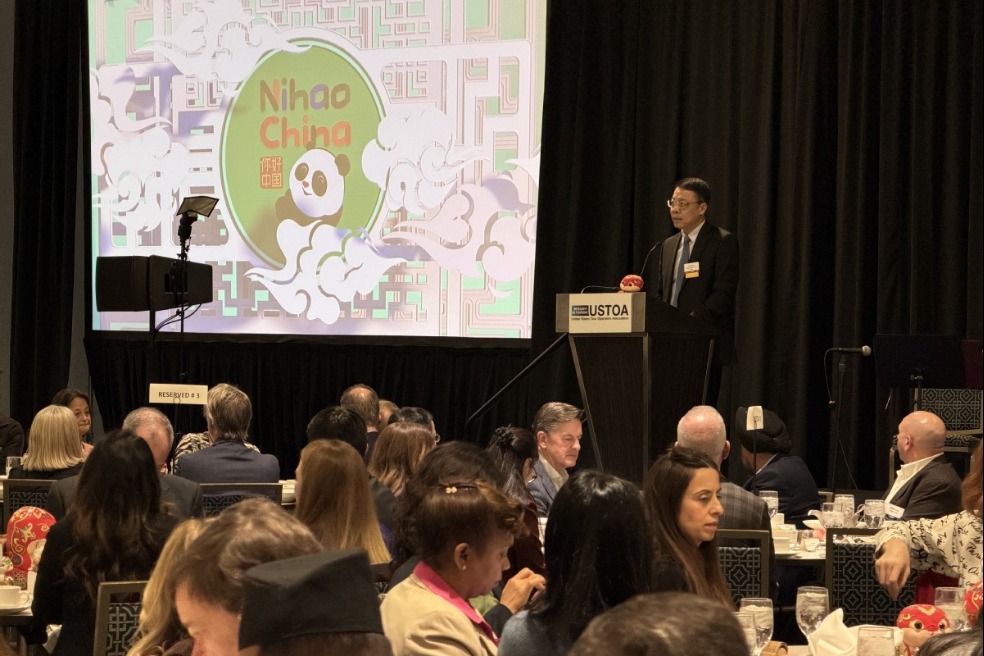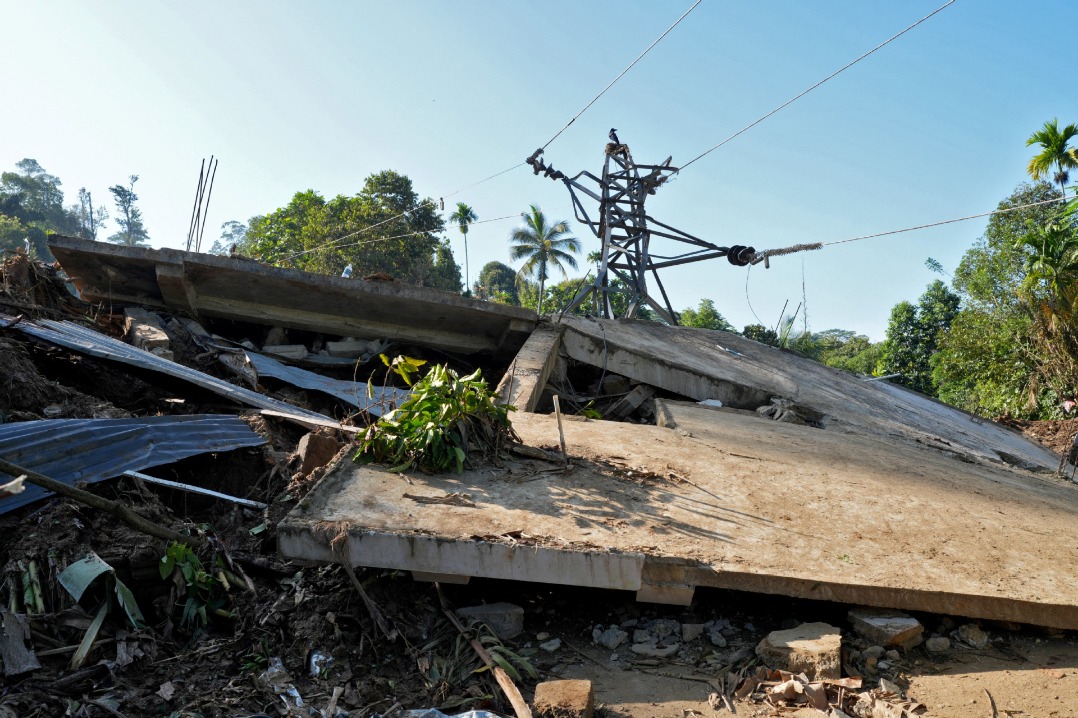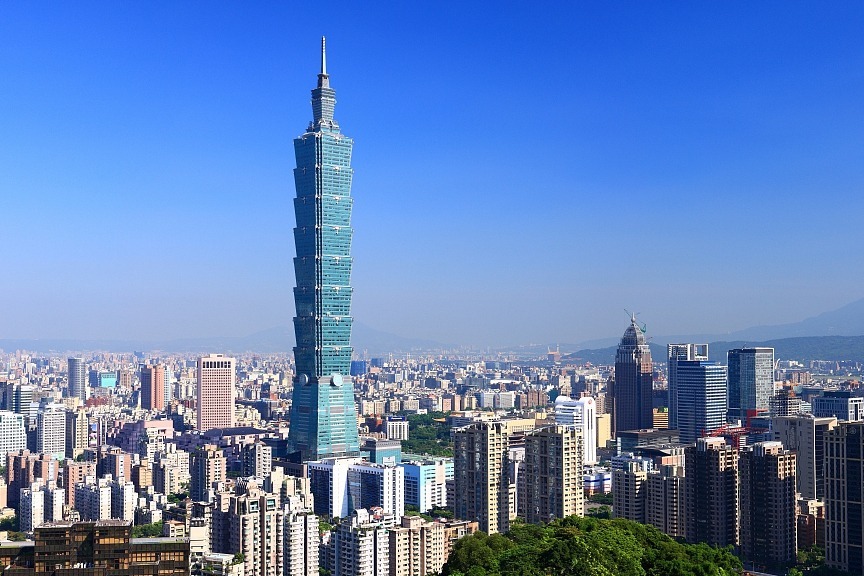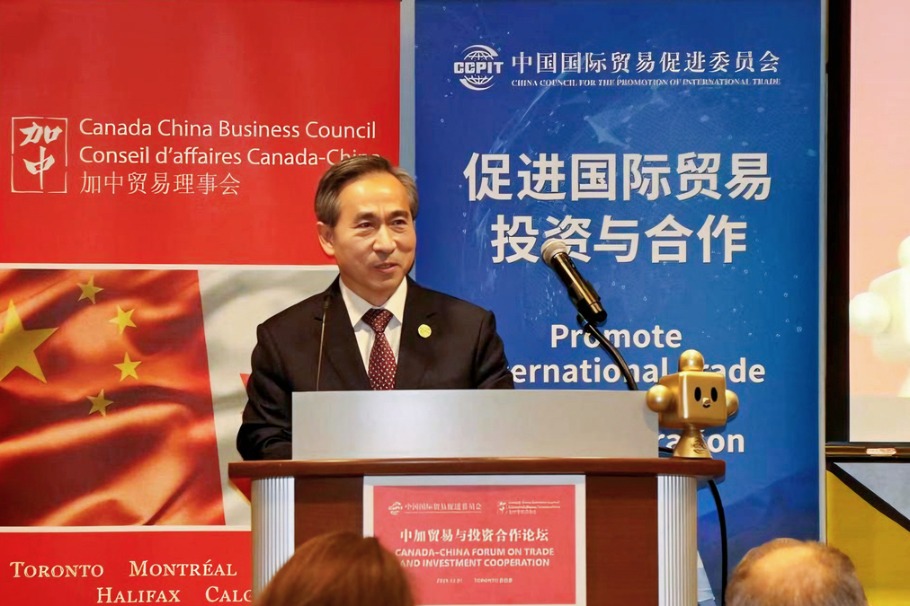Sino-Nepalese bonds built on cultural affinity


Nepal and China have shared deep civilizational linkages since ancient times. The establishment of formal diplomatic relations on Aug 1, 1955, marked the beginning of a new stage in the enduring friendship between our two nations.
The geographic proximity and cultural affinity have fostered a history of people-to-people exchanges and mutual learning since time immemorial.
The friendship between the two countries is rooted in historical narratives. Nepali artist Arniko has contributed to China's cultural landscape by designing and building artistic structures such as the White Pagoda, which stands in the heart of Beijing. The entourage of royal attendants of Princess Bhrikuti from the Licchavi kingdom of Nepal, who married Tubo ruler Songtsen Gampo in the seventh century, brought not only Nepali craftsmanship to Tibet but Buddhism as well.
The visits of Chinese monks Faxian and Xuanzang to Kapilavastu and Lumbini are believed to have been significant in creating cultural linkages between the two civilizations.
Nepal is home to three of the world's most iconic destinations: Mount Qomolangma (known in the West as Mount Everest), the highest peak on Earth, the living goddess Kumari, and Lumbini, the birthplace of Shakyamuni Buddha. But there is more to Nepal's special significance as a top global destination: It is also one of the most diverse countries in the world, in culture, language and ethnicity, and natural features. Nepal is a perfect blend of nature, culture and adventure.
The government of Nepal has emphasized revitalizing the tourism industry as a key driver of economic growth and building a foundation for a vibrant economy. The ambitious targets include increasing per capita tourist spending from $48 to $125, creating 1 million direct jobs in the sector, and elevating its contribution to the national GDP to 10 percent.
The government of Nepal plans to organize thematic campaigns, promoting cultural heritage, Buddhist tourism and regional tourism, and underlining the importance of cultural diplomacy in global engagement.
In recent years, the Belt and Road Initiative, along with the Trans-Himalayan Multi-Dimensional Connectivity Network, has expanded cultural exchanges and mutual learning. Nepal expects that the BRI will help build critical infrastructure in the Himalayan region and remove barriers for a seamless movement of people, goods and services across the border. This will support livelihoods and promote traditional culture at the same time.
I am of the view that collaboration in various fields including science, technology, education, media, sports, health, tourism, industry, commerce, think tanks, women, youth and local governments exchanges will thrive like never before.
Cultural affinity and shared cultural practices have been an unshakable foundation of the relations between China and Nepal.
The establishment of sister city relations between various municipalities of China and Nepal has deepened the bonds between our peoples.
Cultural diplomacy, as exemplified by high-level visits, has played a crucial role in fostering intercultural understanding, supporting cultural heritage preservation and promoting cultural exchanges.
During the recent visit of Prime Minister Pushpa Kamal Dahal Prachanda to China in September, China and Nepal pledged to intensify exchanges and cooperation in education, science, technology, tele-communications and culture. Both sides agreed to designate 2025 as the "Nepal Visit Year" in China, with the aim of boosting tourism and fostering cultural exchanges.
Nepal is actively promoting cultural exchanges and mutual learning through initiatives such as the establishment of Confucius Institutes at Tribhuvan University and Kathmandu University. These institutes serve as hubs for language education and cultural programs, fostering understanding and cooperation between the two nations.
I would also like to thank the government of China for its efforts in restoring the earthquake-affected cultural heritage of Nepal, such as Basantapur Durbar, which is in the heart of Kathmandu.
Cultural exchanges and mutual learning will continue to be the cornerstone of Nepal-China relations. Through shared experiences in traditional crafts, educational initiatives and the promotion of cultural heritage, we look forward to deepening our friendship and contributing to global peace and understanding.
Let us reaffirm our commitment to deepening cultural exchanges and promoting mutual learning, recognizing that people are the best bridges for fostering mutual learning among civilizations.
The author is the ambassador of Nepal to China.
































